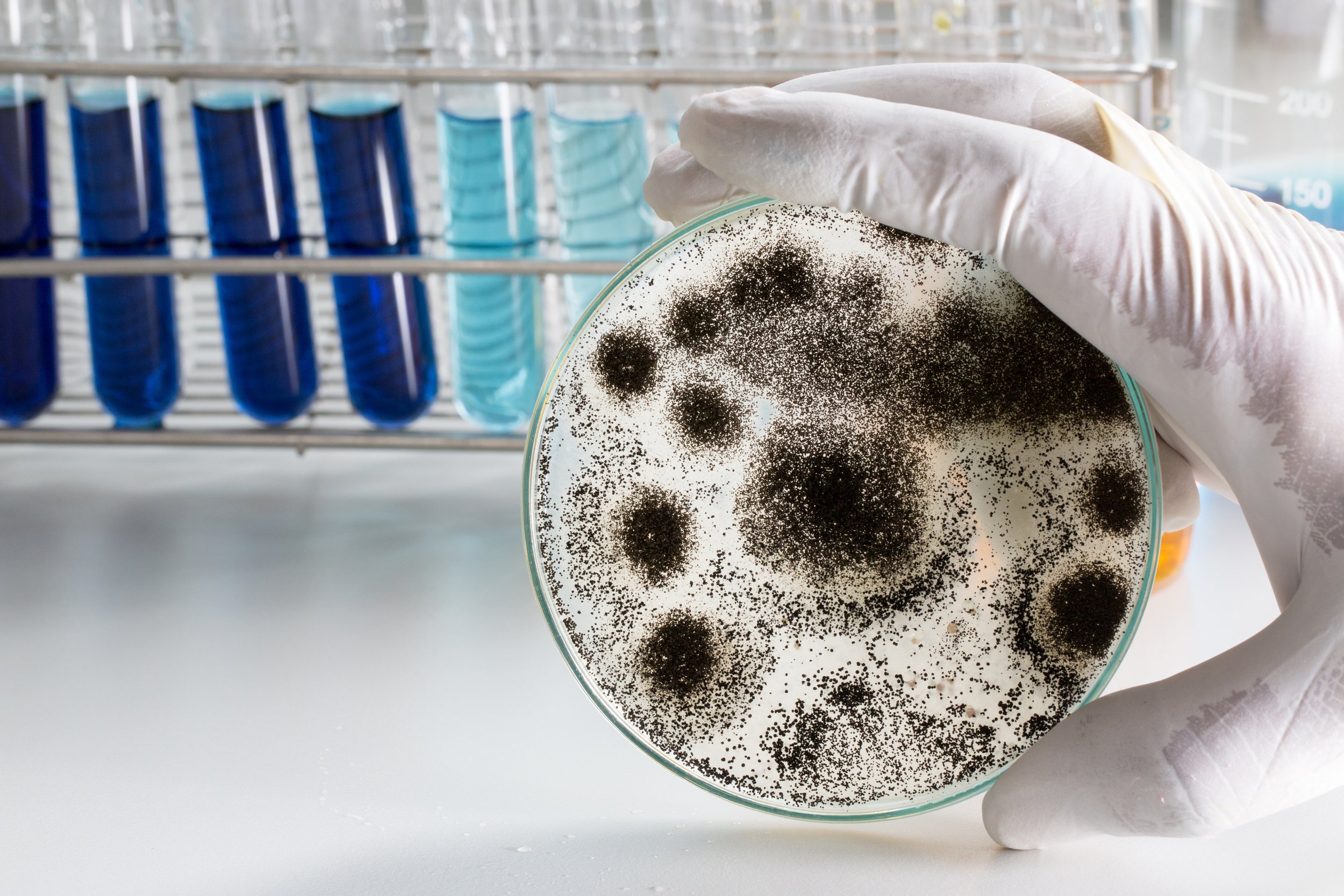
Home Inspection Services
Mold Testing
What is Mold?
Mold is a type of fungi that is naturally occurring and can be found everywhere, both indoors and outside. Mold breaks down organic materials to make them bio-available to other organisms. Mold can grow anywhere there is moisture and oxygen.
Mold in Your Home.
Since mold is everywhere and can grow on almost anything, how do we control mold growth in the home? It is the spores of mold that are allergenic and mold only creates spores under the right conditions. The key to controlling mold in the home is to regulate moisture. ‘...Mould (sic) formation is a time-dependent process that can be described by relative humidity, temperature and building material.’ (3)
Mold and Your Health.
Indoor mold is not usually a health problem unless it is sporulating. Mold spores commonly cause allergic reactions (1). These reactions can be immediate or delayed and can cause asthma attacks in people that are allergic. Mold exposure can irritate the eyes, skin, nose, throat, and lungs of anyone, whether they are allergic or not. ‘Recent research suggests that indoor mold poses a widespread and, for some people, serious health threat.’ (2)
Known health risks include:
• Sneezing
• Runny nose
• Red eyes
• Skin rashes
• Dizziness
• Headaches
• Asthma attacks
Five signs you should pay attention to if you suspect mold problems:
• Moist areas. Leaks from roof or plumbing, improper grading, gutter and downspout configurations can allow moisture entry into a home.
• Allergy-like symptoms. Mold can cause symptoms very similar to allergies in many people, red eyes and itchy throats and noses are common. These symptoms can be especially prevalent for children, the elderly, or those with weakened immune systems.
• Musty smells. Mold that you can smell but can’t see is hidden and it can be hard to tell what or how much there is without testing.
• Water Stains. Water stains that are visible on the walls, floor or ceiling can indicate that mold has been growing in a hidden area. Even if the source of moisture has been fixed, mold can continue to grow and spread.
• Strange colors. Mold comes in many different colors and textures and often takes on the color of its substrate, or food source. If you see strange colors or textures on the surfaces in your home, there may be mold infestation. (4)
References:
1.Mold and health | US EPA. (n.d.). https://www.epa.gov/mold/mold-and-health
2.Office, U. S. G. A. (n.d.). Indoor mold: Better Coordination of research on health effects and more consistent guidance would improve federal efforts. Indoor Mold: Better Coordination of Research on Health Effects and More Consistent Guidance Would Improve Federal Efforts | U.S. GAO. https://www.gao.gov/products/gao-08-980
3. World Health Organization. (n.d.). WHO guidelines for indoor air quality: Dampness and mould. World Health Organization. https://www.who.int/europe/publications/i/item/9789289041683
4. 5 warning signs your listing has a mold problem. www.nar.realtor. (2022, November 2). https://www.nar.realtor/magazine/real-estate-news/sales-marketing/5-warning-signs-your-listing-has-a-mold-problem



